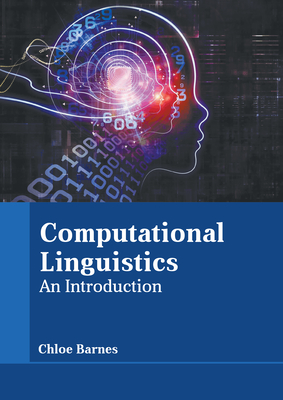Machine Learning for Ancient Languages: A Survey
IF 5.3
2区 计算机科学
Q2 COMPUTER SCIENCE, ARTIFICIAL INTELLIGENCE
引用次数: 7
Abstract
Ancient languages preserve the cultures and histories of the past. However, their study is fraught with difficulties, and experts must tackle a range of challenging text-based tasks, from deciphering lost languages to restoring damaged inscriptions, to determining the authorship of works of literature. Technological aids have long supported the study of ancient texts, but in recent years advances in Artificial Intelligence and Machine Learning have enabled analyses on a scale and in a detail that are reshaping the field of Humanities, similarly to how microscopes and telescopes have contributed to the realm of Science. This article aims to provide a comprehensive survey of published research using machine learning for the study of ancient texts written in any language, script and medium, spanning over three and a half millennia of civilisations around the ancient world. To analyse the relevant literature, we introduce a taxonomy of tasks inspired by the steps involved in the study of ancient documents: digitisation, restoration, attribution, linguistic analysis, textual criticism, translation and decipherment. This work offers three major contributions: first, mapping the interdisciplinary field carved out by the synergy between the Humanities and Machine Learning; second, highlighting how active collaboration between specialists from both fields is key to producing impactful and compelling scholarship; third, flagging promising directions for future work in this field. Thus, this work promotes and supports the continued collaborative impetus between the Humanities and Machine Learning.古代语言的机器学习综述
古代语言保存了过去的文化和历史。然而,他们的研究充满了困难,专家们必须处理一系列具有挑战性的基于文本的任务,从破译丢失的语言到修复损坏的铭文,再到确定文学作品的作者。技术援助长期以来一直支持对古代文本的研究,但近年来,人工智能和机器学习的进步使分析的规模和细节正在重塑人文领域,类似于显微镜和望远镜对科学领域的贡献。本文旨在对使用机器学习研究以任何语言、文字和媒介书写的古代文本的已发表研究进行全面调查,这些研究跨越了古代世界3.5千年的文明。为了分析相关文献,我们介绍了受古代文献研究步骤启发的任务分类:数字化、修复、归属、语言分析、文本批评、翻译和破译。这项工作提供了三个主要贡献:第一,绘制了人文与机器学习协同作用所开辟的跨学科领域;其次,强调两个领域的专家之间的积极合作是产生有影响力和有吸引力的学术成果的关键;第三,为该领域未来的工作指明有希望的方向。因此,这项工作促进并支持了人文学科和机器学习之间的持续合作。
本文章由计算机程序翻译,如有差异,请以英文原文为准。
求助全文
约1分钟内获得全文
求助全文
来源期刊

Computational Linguistics
工程技术-计算机:跨学科应用
CiteScore
15.80
自引率
0.00%
发文量
45
审稿时长
>12 weeks
期刊介绍:
Computational Linguistics, the longest-running publication dedicated solely to the computational and mathematical aspects of language and the design of natural language processing systems, provides university and industry linguists, computational linguists, AI and machine learning researchers, cognitive scientists, speech specialists, and philosophers with the latest insights into the computational aspects of language research.
 求助内容:
求助内容: 应助结果提醒方式:
应助结果提醒方式:


